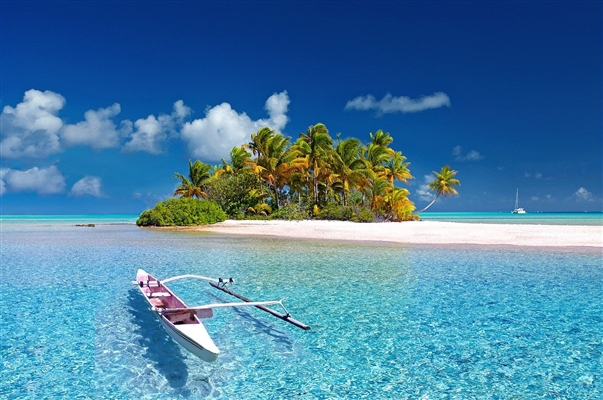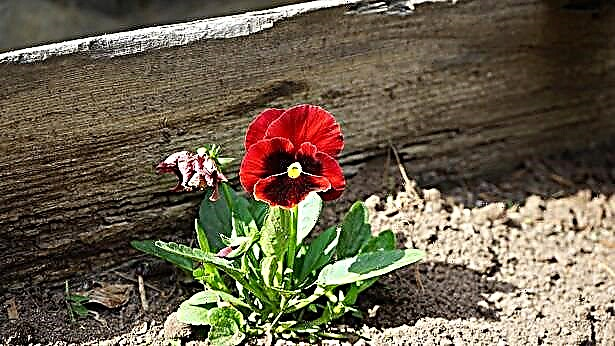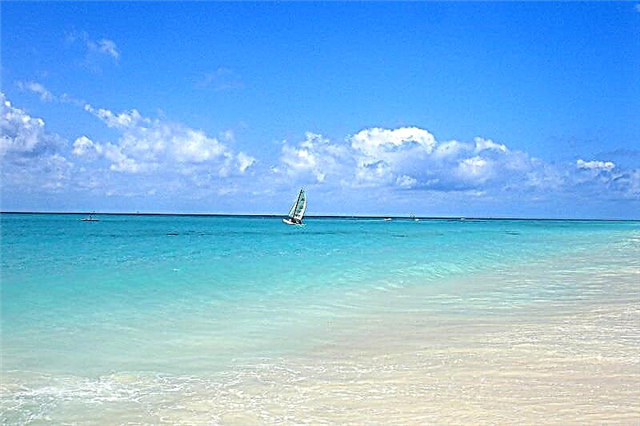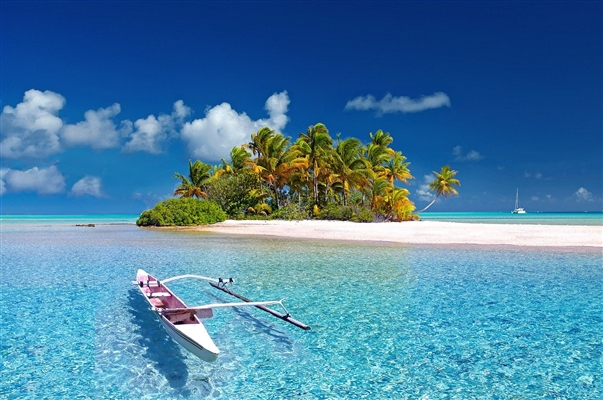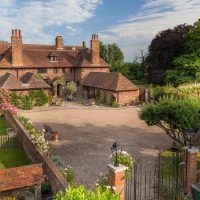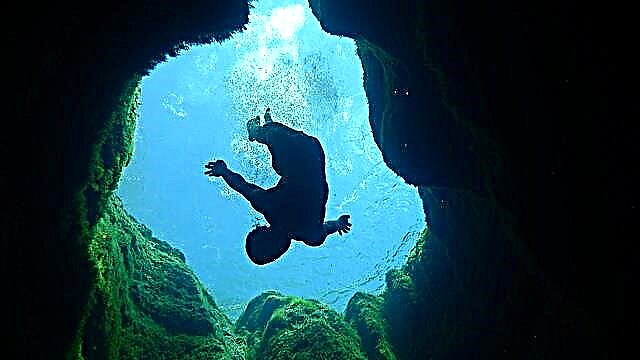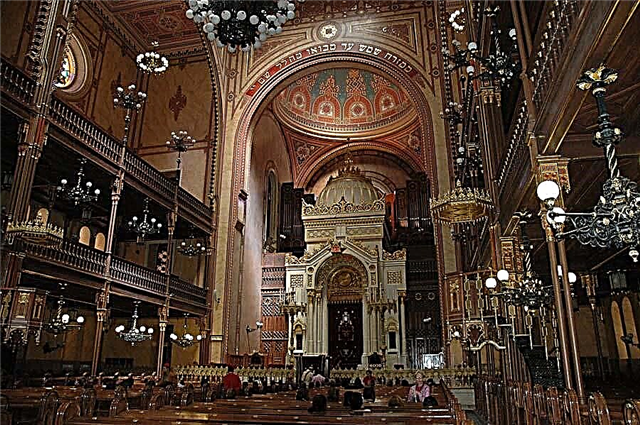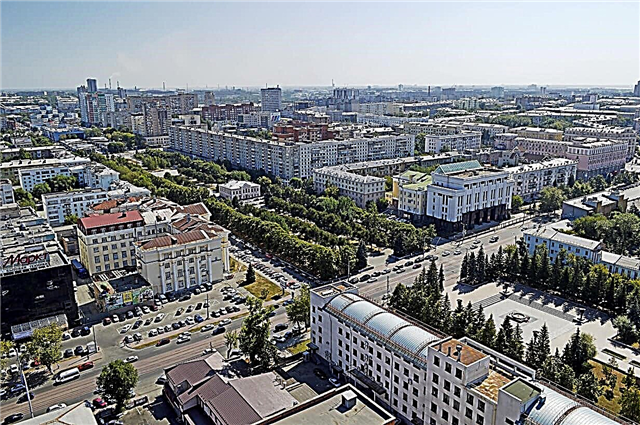The Chelyabinsk Region is one of the centers of the Russian economy. Thanks to the rich deposits of minerals and developed industry, there are many cities here. Every year many tourists come to them, thanks to the local historical cultural monuments, as well as the picturesque nature of the Chelyabinsk region. The history of the region's cities is rich in industrial and economic successes, thanks to the large amount of natural resources.
Most of the settlements of the Chelyabinsk region were founded in the 18th-19th centuries. They capture the history of the last centuries. In city monuments and architecture, tourists can see traces of events that have affected the history of the entire Russian state. Natural monuments show the richness of the ecosystems of the Southern Urals and their diversity.
The largest cities of the Chelyabinsk region
List of the largest cities in terms of population in the region.
Chelyabinsk
A large industrial center of the South Urals, founded in 1736. Initially, Chelyabinsk was a fortress, but thanks to the development of railways and mining, already in the 19th century it became one of the most developed Russian cities. Today, there are many museums, theaters and architectural monuments here. Some of the most interesting and large-scale are the Historical Museum of the South Urals and the House-Aquarium with a huge collection of fish, reptiles and amphibians.
Population - 1202 thousand people.

Magnitogorsk
The second most populous city in the region. Large industrial and business center. Thanks to the developed metallurgy, it became one of its economic centers and was named the "Metallurgical capital of Russia". The city is divided by the Ural River into industrial and residential areas. It is in the residential area that most of the attractions are concentrated. The most famous and interesting are the Metallurgists Park and the German Quarter, which has become an architectural monument of the city.
Population - 416 thousand people.

Zlatoust
The city was founded in the 18th century, on the site of iron ore deposits. Zlatoust quickly became the center of metallurgy and weapons production. The city is located in the mountains, at an altitude of over 400 meters above sea level. Many churches and temples have been built in Zlatoust, a large number of monuments dedicated to the workers of the city have been erected. Next to Zlatoust is the Taganay National Park with an area of over 550 thousand hectares.
Population - 168 thousand people.

Miass
Since the end of the 18th century, copper has been mined on the site of the modern city. But a much stronger impetus to the development of Miass was given by gold mining and the construction of the Trans-Siberian railway. Tourists to Miass are attracted by ski resorts, as well as the Ilmensky Reserve and its museum, which contains many exhibits related to the history of the city.
Population - 151 thousand people.

Kopeysk
The settlement, which later became the city of Kopeisk, was founded at about the same time as Chelyabinsk. Later, coal deposits were discovered here, thanks to which the industrial development of Kopeysk began. Most of the city's attractions are recreational and organized during the Soviet period. Among them, it is worth highlighting the city recreation park with a complex of attractions. And the main historical attraction of Kopeysk is the Museum of Local Lore.
Population - 148 thousand people.

Ozersk
The city was founded in 1945. The main purpose of its construction was the design and testing of the first Soviet nuclear reactor. Until 1994, Ozersk had no name and was not marked on maps, being a secret city. There are many monuments dedicated to the Great Patriotic War and the heroes of the war. Also a popular attraction is the Ozersk Museum of Local Lore.
Population - 79 thousand people.

Troitsk
Trinity Fortress, which later became a city, was founded in 1743. Due to its advantageous location next to the trade route, Troitsk developed rapidly, and by the 19th century the city had become the cultural center of the Urals. The city is actively developing. Troitsk is home to a large number of outstanding architectural monuments built from the 18th to the 20th centuries. The most popular of them are the Bashkirov hotel and the passage of the Yakushev brothers.
Population - 61 thousand people.

Snezhinsk
The city was founded in 1955 and was immediately classified. On the territory of Snezhinsk there is an enterprise owned by Rosatom, which specializes in nuclear weapons. Therefore, the city is closed. Many new technologies have been developed here in the field of nuclear energy and weapons. There are many monuments of the Soviet period on the territory of the city.
Population - 50 thousand people.

Satka
In 1756, a metallurgical plant was built on the site of the city, and in 1758 a settlement grew around it. At the end of the 19th century, magnesite deposits were discovered here, and the production of refractories was soon established. The main natural attraction of the city is Zyuratkul, a national park near Satka.
Population - 42 thousand people.

Chebarkul
Fortress Chebarkul was founded in 1736 and became one of the most important points for the defense of the southern borders of the Russian Empire. During the Great Patriotic War, the plant was transported here from Elektrostal. It gave impetus to the development of the city and became a city-forming enterprise. The city has many monuments to the heroes of the Great Patriotic War, and a unique ecosystem has been formed on the peninsula of Lake Chebarkul.
Population - 40 thousand people.

Yuzhnouralsk
Initially, the city was a settlement for workers of the South Ural Power Plant. It was founded in 1948. Nowadays, power engineering and mechanical engineering are developed here. There are many monuments of the Soviet period on the territory of the city, including a memorial complex dedicated to those who died during the Great Patriotic War.
Population - 37.8 thousand people.

Kyshtym
In 1737, a settlement was founded on the territory of the modern city, where metallurgical production soon developed. During the War years, the extraction of graphite was established. Many churches were built in Kyshtym, which are architectural monuments. Sugomak marble cave is located near the city, which attracts a large number of tourists.
Population - 37.5 thousand people.

Korkino
The city was founded in the 18th century, on the Chumlyak River. Its economy is based on coal mining and confectionery. Most of the monuments and attractions in Korkino are dedicated to workers in the mining industry, and in the center of the city there is the Church of Peter and Paul and the Gornyak recreation center.
Population - 35 thousand people.

Trekhgorny
In 1952, an instrument-making plant was founded on the territory of the modern city, specializing in the production of atomic bombs. Later, residential buildings were built around it. The city is a closed settlement. Next to it is the Zavyalikha ski complex, which is popular with tourists.
Population - 32 thousand people.

Asha
The city was built in 1898, next to the ironworks. Near Asha there is the Kiselevskaya Cave, where speleologists' expeditions go every year. There are several museums near the city that are dedicated to the history of the region and the life of the ancient peoples of the Chelyabinsk region.
Population - 30 thousand people.

Emanzhelinsk
The Cossack village on the site of the modern city was built in 1770. In the first half of the 20th century, coal deposits were explored in Yemanzhelinsk, and mining soon began. The coal industry today is the basis of the city's economy. Several churches have been built in the city, and a house of culture is located in the center.
Population - 29 thousand people.

Kartaly
The settlement has existed since 1810, but its most active development occurred at the end of the 19th and beginning of the 20th centuries. During this period, coal deposits were discovered here and a railway was built. Most of the sights are connected with railway tracks. On the territory of the city there is also a regional museum of local lore and a house of culture.
Population - 28.5 thousand people.

Verkhniy Ufaley
In 1761, entrepreneur Mosolov built a village for workers of iron and cast iron factories. In 1933, a nickel plant was opened in Verkhny Ufaley. There is a small museum of military equipment in the city, as well as a local history museum. The Nazhmetdin Mosque is an architectural monument.
Population - 27.8 thousand people.

Ust-Katav
Initially, the city was the village of workers of an iron-making plant, built in 1758. During the Soviet period, a carriage plant was built. The architectural monuments of the city are the Smolensk Chapel and the Church of the Nativity of Christ. One of the attractions is the Bryansk Suspension Bridge, which offers a picturesque view of the Yuryuzan River.
Population - 22.5 thousand people.

Bakal
In the second half of the 18th century, a large iron ore deposit was discovered here and several villages were founded. In 1951, they were merged into the city of Bakal. Nowadays, funds are being collected for the restoration of the railway bridge, which is an architectural monument. In the center of the city there is a local history museum dedicated to the history of Bakal and the Ural region.
Population - 19.5 thousand people.

Stratum
From the first half of the 19th century, gold mining was carried out on the site of the modern city. Workers' settlements were built here, later united into a city. The gold-bearing sands in this area are bedded, which gave the idea for the name. There are several bronze figures on the central street of the city. Here are the figures of Peter and Fevronya, the border guard and the tree of desires.
Population - 17.5 thousand people.

Kusa
The village on the Kusa River was built in 1778, next to the ironworks. The city developed most actively in the 19th-20th centuries. In the 19th century, the city was the center of artistic iron casting. Nowadays, a museum in the central part of Kusa is dedicated to casting. The Eurasia ski complex is open a few kilometers from the city.
Population - 17 thousand people.

Kasli
Like Kusa, the city appeared on the site of a village next to a pig iron factory. Artistic iron casting also developed in Kasli. This art has survived to this day. Kasli products are more popular than Kusinsk ones, due to the fact that casting developed here a little longer. The main attraction of the city is the Museum of Art Casting.
Population - 16 thousand people.

Katav-Ivanovsk
The settlement was founded in 1755, on the site of iron ore deposits. During the Great Patriotic War, an arms factory was transported here from Tula. Near Katav-Ivanovsk there is a mountainous region popular with tourists. Cavers, climbers and hiking expeditions come here.
Population - 16 thousand people.

Sim
In 1759, the village of workers of an iron factory was built by order of Empress Elizabeth. The development of the city was facilitated by a metallurgical plant and a railway laid later. Several large churches have been built in the city, and local history museums dedicated to the history of the city are located in the open air.
Population - 13 thousand people.


